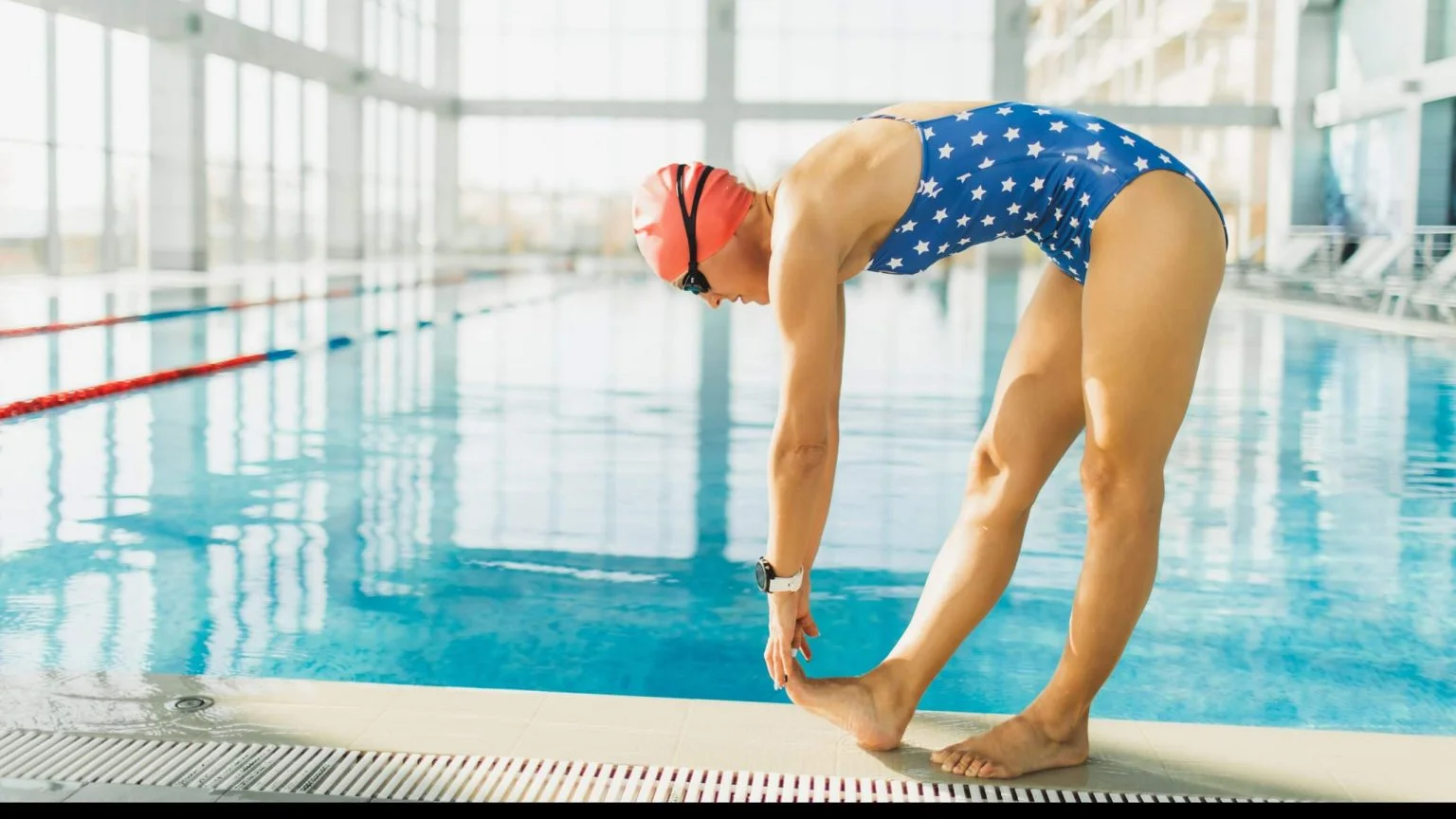-
Menu
- Home
- Events
- Swim Guides
- Social Groups
- Swim Buddies
- Clubs
- Pools
- Experiences
- Coaches
- Reviews
- Articles
- Shop
- Contact
- Subscribe to Newsletter
- About
- Home
- Events
- Swim Guides
- Social Groups
- Swim Buddies
- Clubs
- Pools
- Experiences
- Coaches
- Reviews
- Articles
- Shop
- Contact
- Subscribe to Newsletter
- About
Quick search
CTRL+KQuick search
CTRL+K

























